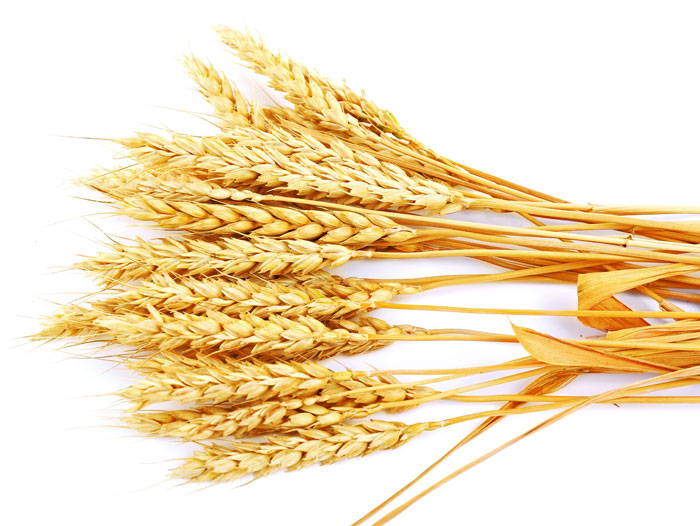Wheat Foods Council Tackles Consumer Questions In New Video Series
April 12, 2021 | 4 min to read

What do consumers want to know about wheat? The Wheat Foods Council is answering common questions in a new series of short videos featuring wheat expert Brett Carver, Ph.D.
Carver is the wheat genetics chair in agriculture at Oklahoma State University. During the video series, he will discuss how wheat has changed over the last 100 years, the difference between wheat breeding and GMOs, gut health and more.
The first episode — now available at https://www.youtube.com/watch?v=48ad1GdenSE&t=8s — answers the question: If you stop eating bread to cut carbs, what else do you lose?
“There’s a lot of good stuff in that kernel of wheat beside the starch,” Carver explained in the video. “Starch is energy of course, but when we think about cutting out that wheat, we’re cutting out a very important source of protein.”
The primary source of protein in the wheat kernel comes from the endosperm — the middle layer. The endosperm also contains carbohydrates and small amounts of B vitamins.
When ground during the milling process, the endosperm yields what we in our heads envision as flour — the fine white powder added into our baking recipes. As a result, this protein benefit comes in both enriched and whole wheat products.
“Plant-based protein provides protein to the world,” Carver explained. “Another is the fiber — the fiber that resides in those outer layers of the kernel and the bran layers, which we would then pick up through a whole-wheat product. And that’s a very important part of our diet.”
Whole wheat products are made using the entire kernel of wheat, not just the endosperm. The bran, which is the outer layer, contains the most fiber. With this added fiber, having whole wheat products in the diet protects against diabetes, helps prevent coronary heart disease and improves gut health.
But the dietary benefits of wheat foods do not stop there.
“Then there are phytochemicals,” Carver said. “They are health compounds basically that reside naturally in the wheat kernel. There are antioxidants so we have therefore some protection of our cardiovascular health.”
“There are other compounds that are cholesterol-lowering like sterols. There are about half a dozen classes of vital chemicals that exist in that kernel of wheat that you can pick up through a whole wheat product that is very healthy.”
Many of these compounds are found in the innermost part of the wheat kernel — the germ — which is a rich source of trace minerals, unsaturated fats, B vitamins, antioxidants and phytonutrients.
Between protein, dietary fiber and this host of other nutrients, wheat foods make up an essential part of the diet.
“We might be helping ourselves health-wise to cut on the calories on the start,” Carver concluded, “but we might be hurting ourselves on the other side of that equation.”
Stay tuned for answers to more consumer questions through the Wheat Foods Council, a leading source of science-based information on wheat and grain foods nutrition. Kansas Wheat is a member, along with grain producers, millers, baking suppliers, life science companies and cereal manufacturers.
Want to know more in the meantime or just hungry? Check out EatWheat.org for information on wheat foods nutrition, recipes, farming practices and more.
